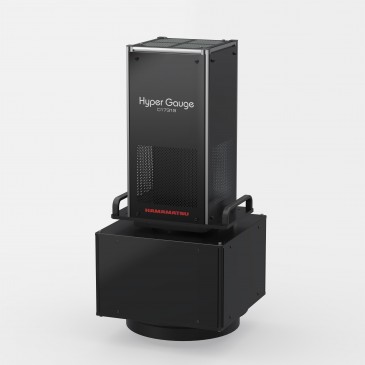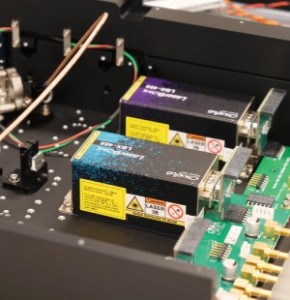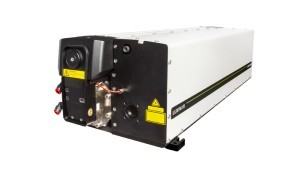
The global medical imaging market size is expected to reach USD 28.83 billion by 2027, according to a new report published by Grand View Research, Inc. It is projected to register a CAGR of 4.0% during the forecast period. Increasing demand for advanced diagnostic systems in developing countries and rising collaborations among market players are the factors driving the growth.
Key suggestions from the report:
- Ultrasound captured the largest market share in 2019 and is expected to dominate throughout the forecast period
- Computed tomography is expected to expand at the fastest CAGR during the forecast period
- Rapid technological advancements, such as the development of hybrid imaging modalities and integration of Artificial Intelligence (AI) is anticipated to fuel growth of the CT segment
- Hospital segment is currently dominating the medical imaging market for diagnostic imaging due to blooming healthcare service industry in developing countries
- Ambulatory care centers segment is anticipated to report the fastest growth during the forecast period
- North America captured the largest medical/diagnostic imaging market share in 2019
Developing countries have shown a surge in the volume of imaging procedures in the past few years. The low density of installed imaging systems in these regions is expected to provide significant growth potential during the forecast period. Favorable government policies and booming medical tourism in these countries are expected to attract global market players toward untapped markets.
Integration of multiple imaging modalities is expected to play an important role in market growth. These systems have accurate diagnostic capabilities and are available at affordable prices. The integration of imaging modalities with surgical suites is anticipated to open a new avenue for the medical/diagnostic imaging market at a global level in the forthcoming years.
Development of portable diagnostic tools is important to expand the applications of imaging devices in ambulatory care, clinics, and emergency care departments. Handheld ultrasound devices provide quick and safer images that are critical in emergency care. Ongoing trials and studies to explore the potential of MRI technology for early detection of neurological conditions are showing positive results. The development of new radiofrequency coils is anticipated to expand these applications during the forecast period.




































 Back to News
Back to News



























